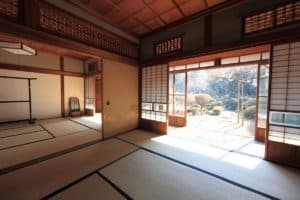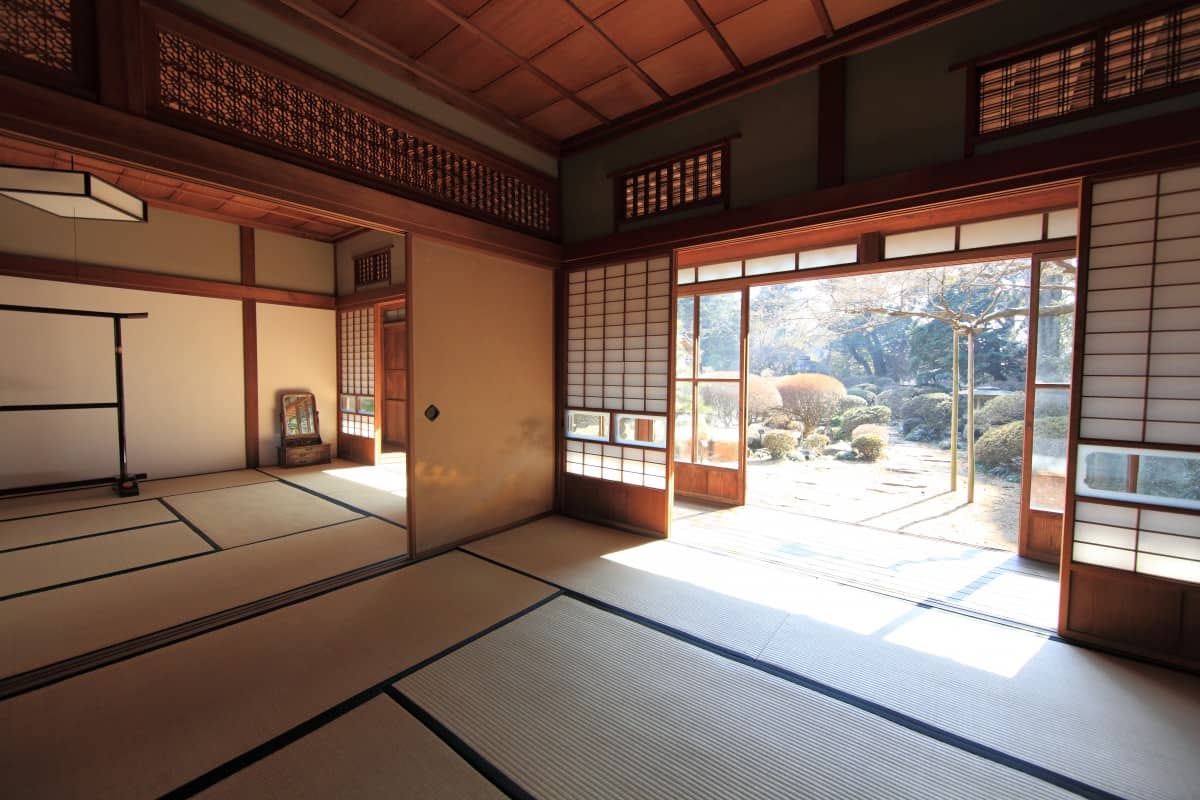 Three days before September 11, 2001 I boarded a plane at Logan, headed for Seattle-Tacoma. I was visiting a friend in the Navy who was stationed on Whidbey Island. We’d planned a weeklong road trip across Washington and Idaho, into Montana. One morning halfway through the trip I turned from the desk in our hotel to interrupt his viewing of CNN and suggest getting a huge breakfast. The images on the screen stopped me cold. New York. Smoke. Rubble. We watched for a bit in silence before he called the naval air station, then we packed up and hit the road. The world, which looked so much like the one I’d occupied the week before, was now completely different. My return experience through the airport was both foreign and frightening. Yet of all the details – from military personnel brandishing huge weapons to newly stringent security protocol producing interminable lines – I got hung up on the smallest one: my stuff. All baggage had to be checked. The only thing I could keep was my tiny purse. The backpack I’d carefully stocked with provisions for my creature comforts (water – remember when? – snacks, books, a journal to receive my tumultuous thoughts) was tagged and thrown onto the heap. Being unexpectedly stripped of personal effects feels as disturbing as you would imagine. Yet when I replay the figurative tape of that day in my head I realize that something else was going on for me. Yes, having something familiar to hold onto is helpful when you’re feeling a bit lost – but it was more than that. I had overly identified with my things. I feared my bag would be lost for good, including all of the thoughts captured in my journal. It felt like a tangible part of me had been removed and might not be rejoined. As it happened, I returned to Boston and was reunited with my baggage. Yet not before a new truth was revealed to me: there are not a lot of ‘necessities’ that actually are (necessary.) Another revelation quickly followed: I am not my belongings. I’m not even my thoughts, as any spiritual guru – or psychologist – worth their salt will tell you.
Three days before September 11, 2001 I boarded a plane at Logan, headed for Seattle-Tacoma. I was visiting a friend in the Navy who was stationed on Whidbey Island. We’d planned a weeklong road trip across Washington and Idaho, into Montana. One morning halfway through the trip I turned from the desk in our hotel to interrupt his viewing of CNN and suggest getting a huge breakfast. The images on the screen stopped me cold. New York. Smoke. Rubble. We watched for a bit in silence before he called the naval air station, then we packed up and hit the road. The world, which looked so much like the one I’d occupied the week before, was now completely different. My return experience through the airport was both foreign and frightening. Yet of all the details – from military personnel brandishing huge weapons to newly stringent security protocol producing interminable lines – I got hung up on the smallest one: my stuff. All baggage had to be checked. The only thing I could keep was my tiny purse. The backpack I’d carefully stocked with provisions for my creature comforts (water – remember when? – snacks, books, a journal to receive my tumultuous thoughts) was tagged and thrown onto the heap. Being unexpectedly stripped of personal effects feels as disturbing as you would imagine. Yet when I replay the figurative tape of that day in my head I realize that something else was going on for me. Yes, having something familiar to hold onto is helpful when you’re feeling a bit lost – but it was more than that. I had overly identified with my things. I feared my bag would be lost for good, including all of the thoughts captured in my journal. It felt like a tangible part of me had been removed and might not be rejoined. As it happened, I returned to Boston and was reunited with my baggage. Yet not before a new truth was revealed to me: there are not a lot of ‘necessities’ that actually are (necessary.) Another revelation quickly followed: I am not my belongings. I’m not even my thoughts, as any spiritual guru – or psychologist – worth their salt will tell you.
I wish I could say that armed with these new truths I never looked back and that my life thereafter was as spare and untroubled by possessions as the existence of a monk. Alas. Over the years, especially with each death of a family member, I accumulated more and more paraphernalia. My annual donations to charity organizations could not keep pace with the influx, in spite of donating over a dozen boxes at a time some years. Even employing the library practice of weeding – consistently culling the collection in order to make room for new books – didn’t compensate.
Several years ago, tired of drowning in junk, I read Marie Kondo’s book The Life-changing Magic of Tidying Up. Kondo advocates for first discarding, then organizing, one’s space completely in one go. She claims that if done correctly tidying is a one-time event (aside from putting things away after use.) Kondo also recommends discarding by category – such as books – rather than location, since we tend to store similar items in different locations and this can cause a distorted sense of just how much of any one thing we’re holding onto. As a librarian, I’ve historically had a difficult time donating books. I found one of her prompts particularly compelling: Do you feel joy when surrounded by piles of unread books that don’t touch your heart? Answer: No Marie, I do not. I feel guilty that I could never bring myself to read that book gifted to me years ago by a friend who likes that author that I don’t think is great but apparently I just haven’t given him a chance. Yet here is where her gentle guidance made the most impact with me: in releasing to the wild things that don’t spark joy for me, I give them a chance to bring joy to someone else. Relinquishing that which one doesn’t want but someone else might want or need shouldn’t inspire guilt; it is an act of generosity.
When I first read about it I wasn’t ready to fully embrace her method, which calls for examining all of one’s property and discarding, wholesale, everything that does not spark joy. I did a modified version, keeping not only what sparked joy but also a lot that I was undecided about. In so doing, I realized the truth of what Kondo lays out in the beginning of her book: you can’t tidy a little at a time. If you don’t do it all at once, you’ll be doing it for the rest of your life. I can attest to the fact that since my first half-hearted effort, my closets and attic still store things I don’t love, use or even look at. I saw myself in those pages as I read about how being a storage expert isn’t necessarily a good thing because packing things away creates the illusion that the problem of clutter has been resolved.
This spring, when the world changed forever again, the many weeks I spent sequestered at home made it impossible for me to ignore that my task was unfinished. I also drew inspiration from a friend, who occupied the months after he was laid off by dispatching many of his possessions in preparation for selling his home and moving to a smaller place. If he had the courage to dissolve half a lifetime and start anew, surely it is possible for me to let go and see what happens. I checked out the audio version of Kondo’s book for a refresher and smiled as I listened to her expound on her philosophy that a dramatic reorganization of the home causes correspondingly dramatic changes in lifestyle and perspective. Then I dumped heaps of miscellanea on my floor and started packing boxes, finally ready to see if real life begins after putting your house in order.
Kirstie David is the Literacy/Outreach Librarian at the Morrill Memorial Library in Norwood, MA. Look for her article in the July 16, 2020 issue of the Transcript and Bulletin.


